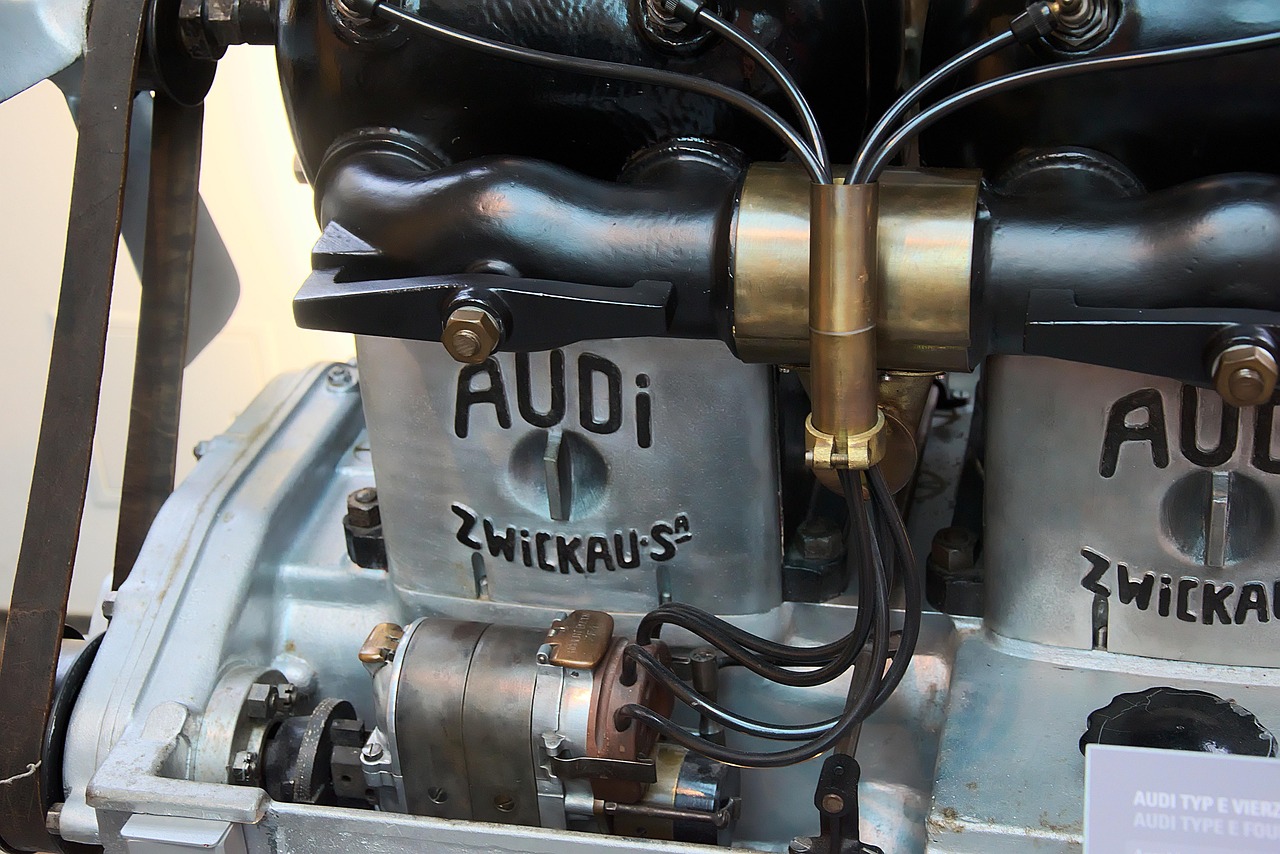Replacing the alternator in an Audi A6 saloon might seem like an intimidating job, but with the right approach, it’s manageable. Even for someone who doesn’t turn wrenches for a living. Whether your alternator is failing or has already left you stranded, getting it sorted sooner rather than later will save you from unnecessary headaches. Let’s get into the details of how to tackle this job properly.
Signs Your Audi A6 Alternator Needs Replacing
Before yanking out parts, it’s crucial to be sure the alternator is actually the problem. A failing alternator can present a few telltale symptoms:
- Dimming headlights and interior lights – This usually happens because the alternator isn’t supplying enough power.
- Battery warning light on your dashboard – This is your car’s way of telling you there’s an issue with the charging system.
- Electrical gremlins – Malfunctioning electronics, erratic dashboard lights, or a weak radio signal could point to a bad alternator.
- Difficulty starting or a dead battery – If your battery keeps dying despite being new, the alternator may not be charging it properly.
If you’re experiencing these issues, a quick test with a multimeter can confirm the diagnosis. With the car running, check the battery terminals. It should be reading between 13.8V and 14.8V. Anything significantly lower, and you’ve likely got a faulty alternator.
Tools and Parts You’ll Need
Before diving under the bonnet, make sure you have the required tools ready:
- A socket set (including 13mm, 15mm, and 17mm sockets)
- A ratchet with extensions
- A wrench set
- A serpentine belt removal tool (or a long wrench to relieve tension)
- A replacement alternator (make sure it matches your A6’s engine variant)
- A multimeter to double-check power output
- Safety gloves and eye protection
If you’re missing any of these, a quick trip to the local parts store will sort you out.
Step-by-Step Guide to Replacing the Alternator
1. Disconnect the Battery
Before doing anything electrical, disconnect the negative terminal of the battery. This step ensures you don’t accidentally short-circuit anything or give yourself an unwanted jolt.
2. Remove the Engine Cover (If Applicable)
Depending on your Audi A6 variant, you may have a plastic engine cover secured with clips or small bolts. Remove it for easier access to the alternator.
3. Locate the Alternator and Remove the Serpentine Belt
The alternator is typically found near the front of the engine, connected to the serpentine belt. Use the belt removal tool to release tension from the belt and carefully slide it off the alternator pulley. If this is your first time working on belts, take a photo beforehand. This will help when reinstalling.
4. Unbolt the Alternator and Disconnect the Wiring
Remove any bolts securing the alternator to its bracket. Depending on your Audi’s engine type, you may have two or three bolts holding it in place.
Next, disconnect the electrical connectors from the alternator. Typically a main power cable and a smaller control wire.
5. Remove and Replace the Alternator
Once all bolts and wires are removed, carefully extract the alternator. Be mindful of surrounding components. Space is often tight in the A6’s engine bay, so a bit of maneuvering might be required.
Mount the new alternator in place and secure it with the bolts. Reconnect the wiring, ensuring all connections are tight and secure.
6. Reinstall the Serpentine Belt
This step can be a little tricky if you’re not used to working with belts. Use the tensioner tool to slacken the belt, then loop it back over the alternator pulley. Make sure the belt is seated properly on all pulleys before letting go of the tensioner.
7. Reconnect the Battery and Test
With everything bolted up, reconnect the negative battery terminal and start the engine. Check for:
- Smooth operation with no odd noises
- Alternator charging voltage around 13.8V to 14.8V
- No dashboard warning lights
If everything looks good, congratulations! You’ve successfully replaced your alternator.
What If the Issue Persists?
If your battery light is still on after replacing the alternator, a few things could be at play:
- A loose or corroded battery terminal can cause a weak connection.
- A faulty voltage regulator (part of the alternator) could be misbehaving.
- A blown fuse in the charging system may be interrupting power flow.
- The serpentine belt might not be properly tensioned, causing the alternator to slip.
Double-check your work, and if you’re still stuck, a professional diagnostic might be necessary.
Final Thoughts
Swapping out an alternator on an Audi A6 saloon isn’t overly complex, but it does take patience and a bit of mechanical confidence. Knowing how to handle minor repairs like this can save you hundreds in labor costs while also helping you understand your car better.
If you’ve tackled this repair yourself, give yourself a pat on the back. And maybe even reward yourself with a well-earned coffee or cold drink. If you haven’t yet but are considering it, taking it one step at a time will see you through.
Got any tips or experiences replacing an alternator? Drop them in the comments below. I’d love to hear your thoughts!





